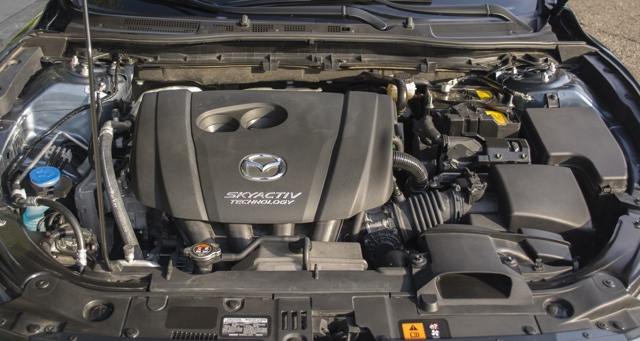Search the Community
Showing results for tags 'hcci'.
-
-
- annoucement
- compression ignition
-
(and 2 more)
Tagged with:
-
Back in January, we reported on the rumor that Mazda was planning to launch a Homogeneous charge compression ignition (HCCI) engine for the 2018 Mazda3. HCCI engines are unique as they use compression, not spark to ignite gasoline. This will improve fuel economy and emissions. But the thing about HC...
-
Mazda could do something that no other automaker has been able to do, introduce a homogeneous charge compression ignition (HCCI) engine for a production model. Today in Tokyo, Mazda held a news conference announcing their Sustainable Zoom-Zoom 2030 initiative. The gist is to improve overall effi...
-
- annoucement
- compression ignition
-
(and 2 more)
Tagged with:
-
Back in January, we reported on the rumor that Mazda was planning to launch a Homogeneous charge compression ignition (HCCI) engine for the 2018 Mazda3. HCCI engines are unique as they use compression, not spark to ignite gasoline. This will improve fuel economy and emissions. But the thing about HC...



